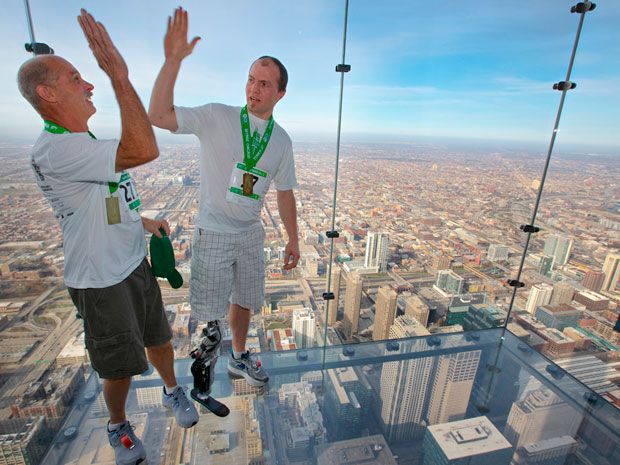Photo: John Gress/Reuters
▲
▲
▲
▲
▲
▲
▲
▲
▲
[clickimagelink_new]https://spectrum.ieee.org/slideshow/geek-life/tools-toys/icandy-a-look-inside[/clickimagelink_new]
▲
If you are viewing this page with an iPad or iPhone, click here to launch the slideshow:
/ns/slideshows/11W_SlideS_iCandy2012_ipad1a/index.html
type:slideshowzac vawteralzheimer’s diseasewillis towerqumarionneuronixprostheticsionizing argon gascase western reserve universitysolar kitchengregor schapperstools and toys
Willie Jones is an associate editor at IEEE Spectrum. In addition to editing and planning daily coverage, he manages several of Spectrum's newsletters and contributes regularly to the monthly Big Picture section that appears in the print edition.
